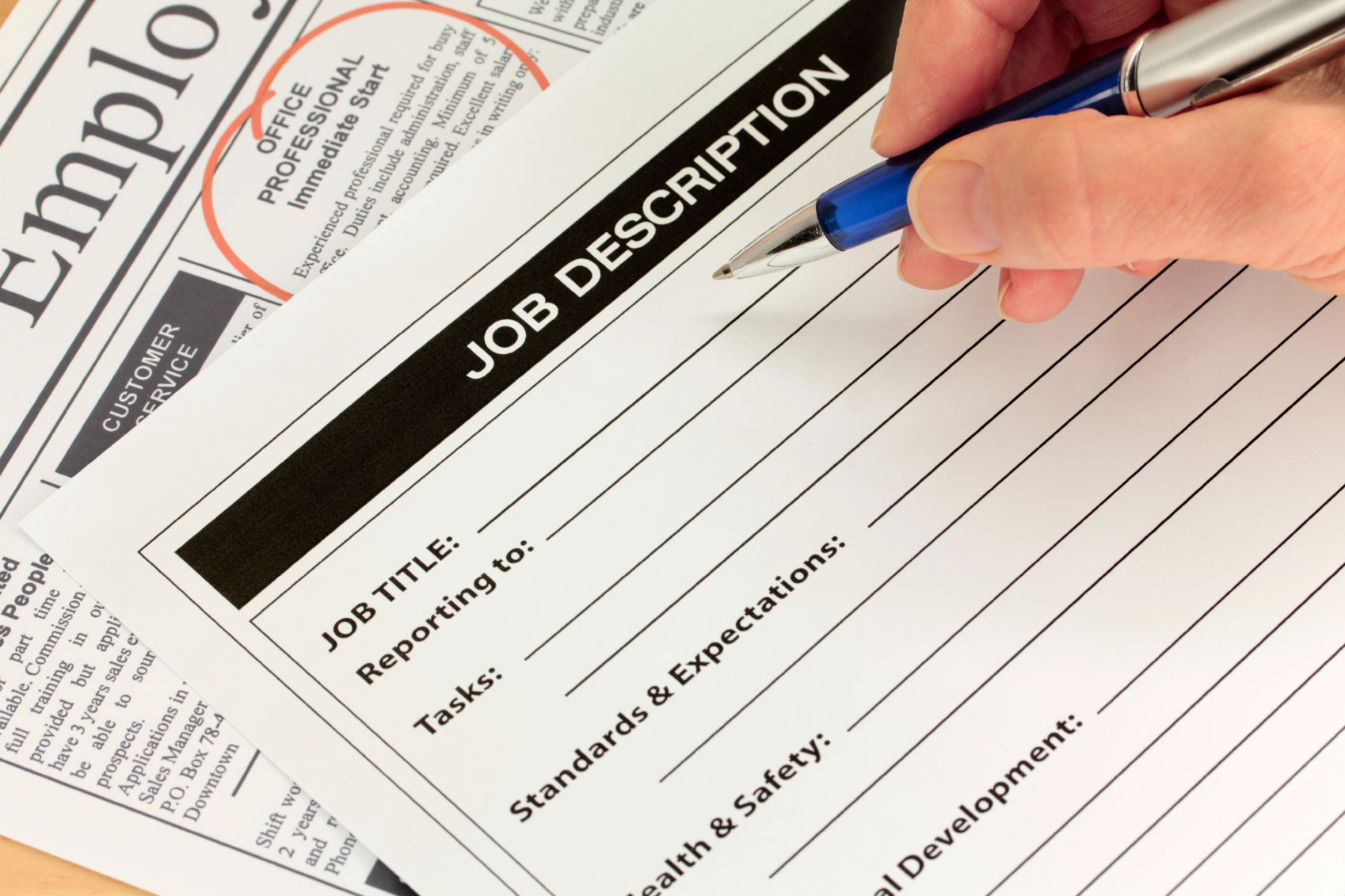Danny Meyer Eliminates Tipping from USHG's Restaurants
/

On Wednesday, October 14th, Danny Meyer revealed that he would be eliminating tipping from his Union Square Hospitality Group restaurants. This huge announcement created shockwaves throughout the restaurant and hospitality industry.
The blank tip line will be gone, and patrons will just see one total. Meyer explained that service charges will already be accounted for in the menu prices.
The policy would first be instated at The Modern, which is housed inside the Museum of Modern Art, in November. The chef, Abram Bissell, had previously pushed for the change because it meant a rise in salaries for his employees, an increase from $11.75 to an expected $15.25. Higher wages would attract more qualified culinary professionals too. Meyer agreed and mentioned, "If cooks' wages do not keep pace with the cost of living, it's not going to be sustainable to attract the culinary talent that the city needs to keep its edge."
Meyer has been a part of the restaurant scene for 30 years now, and he, too, realized that the wage gap between front-of-house and back-of-house members have dramatically changed since he first started. He stated, "The kitchen income has gone up no more than 25 percent. Meanwhile, dining room pay has gone up 200 percent."
He plans to roll out the gratuity-free practice in the other restaurants within his empire, including Gramercy Tavern, Union Square Cafe and 11 more, by the end of 2016.
Meyer is not the first successful restauranteur to do away with tipping. Last month, Top Chef judge and fellow restaurant owner, Tom Colicchio, decided to stop taking tips during lunch service at his Flatiron flagship, Craft. It seems that both the customers and staff have been taking the new system pretty well. Colicchio said, "None of the waiters has quit yet, so that's a good sign."
(via NY Times)








